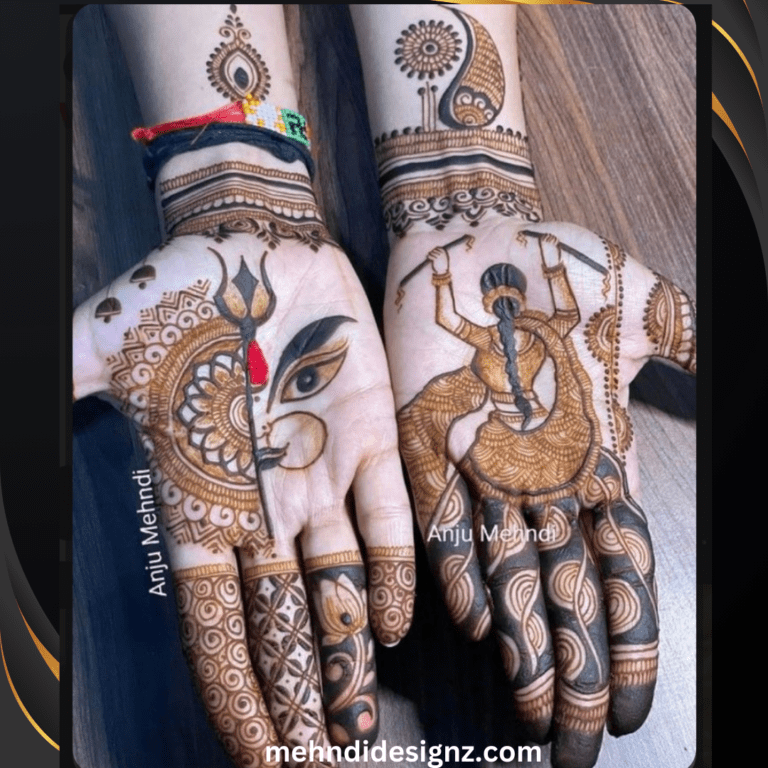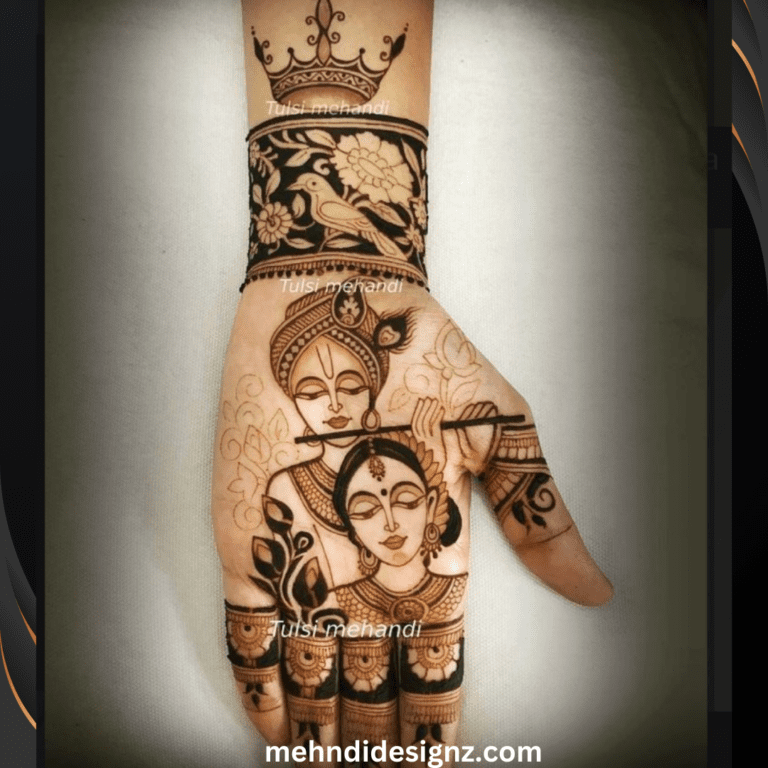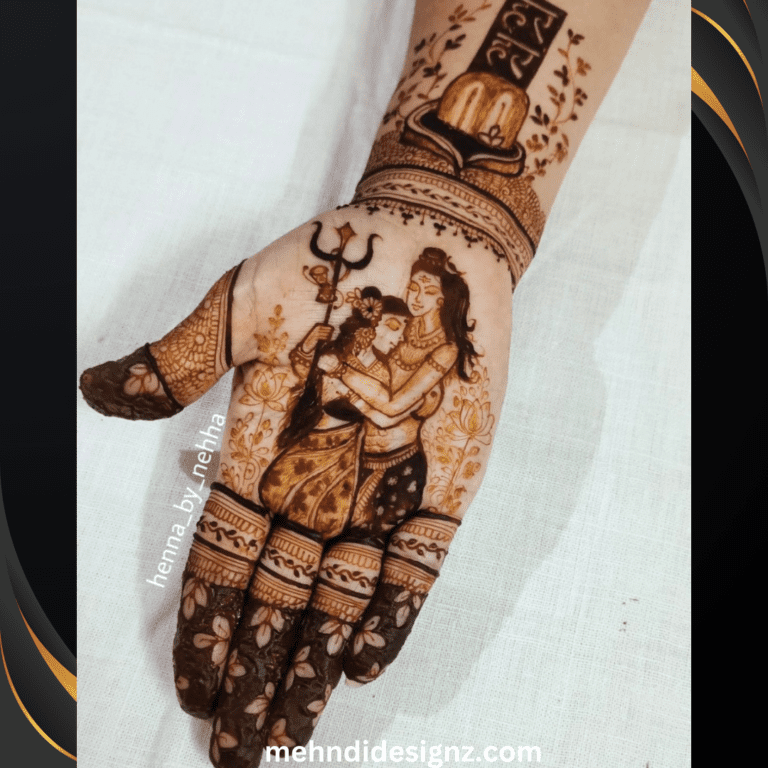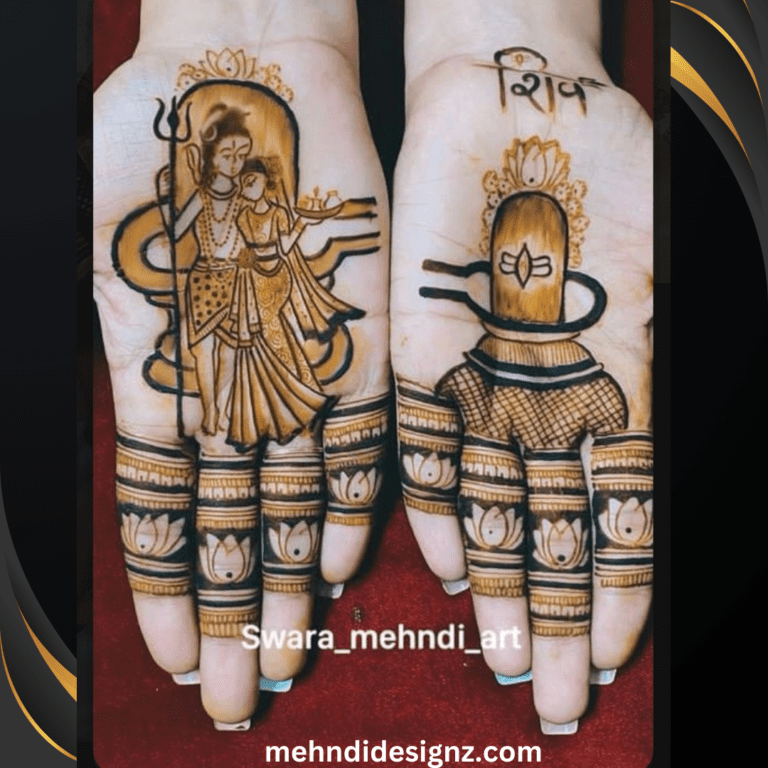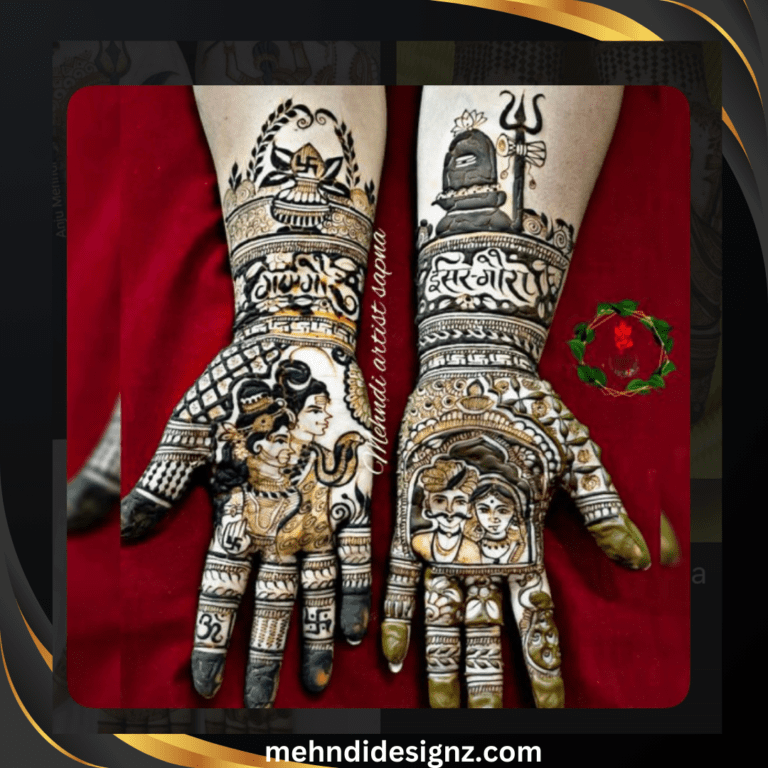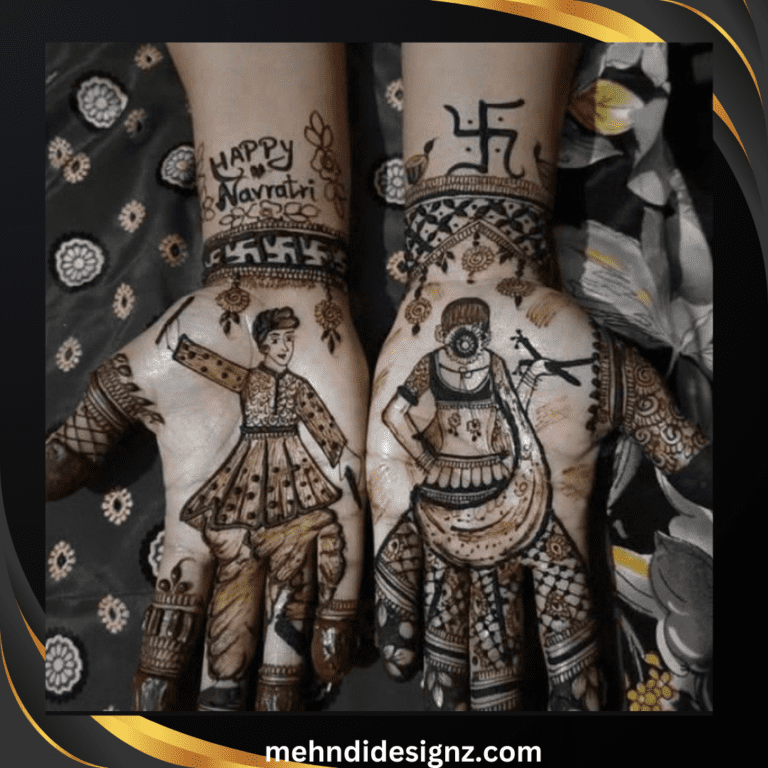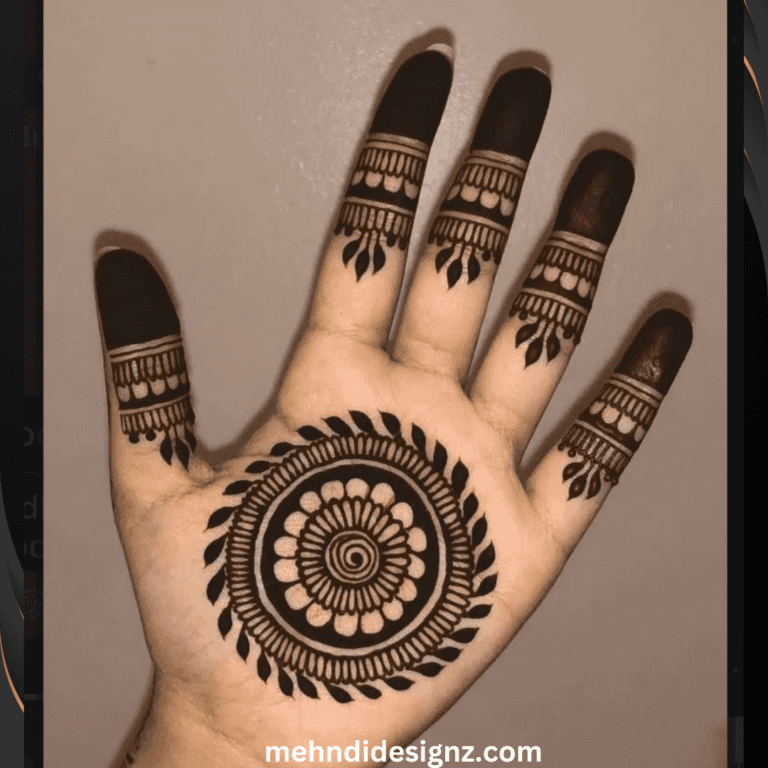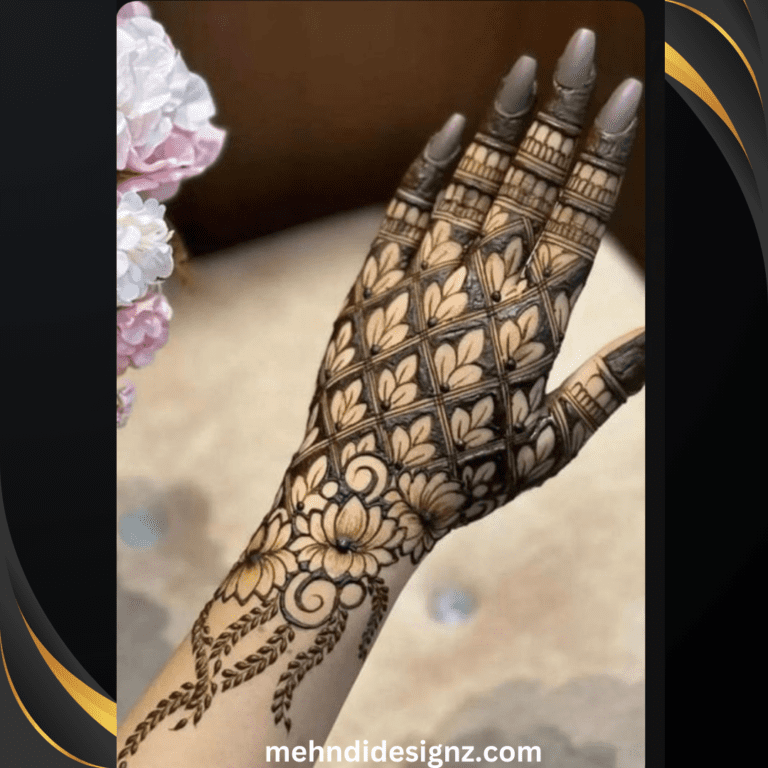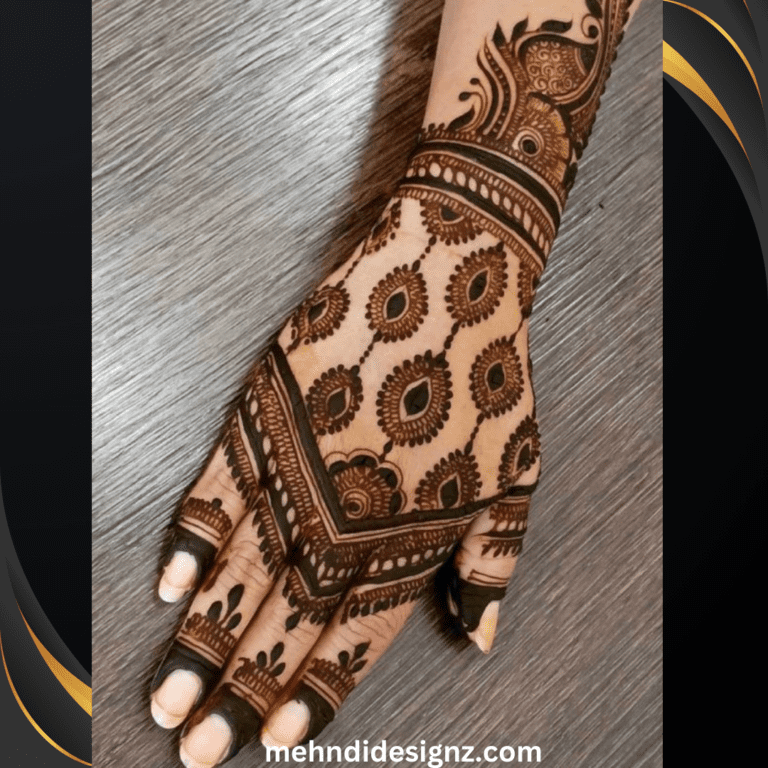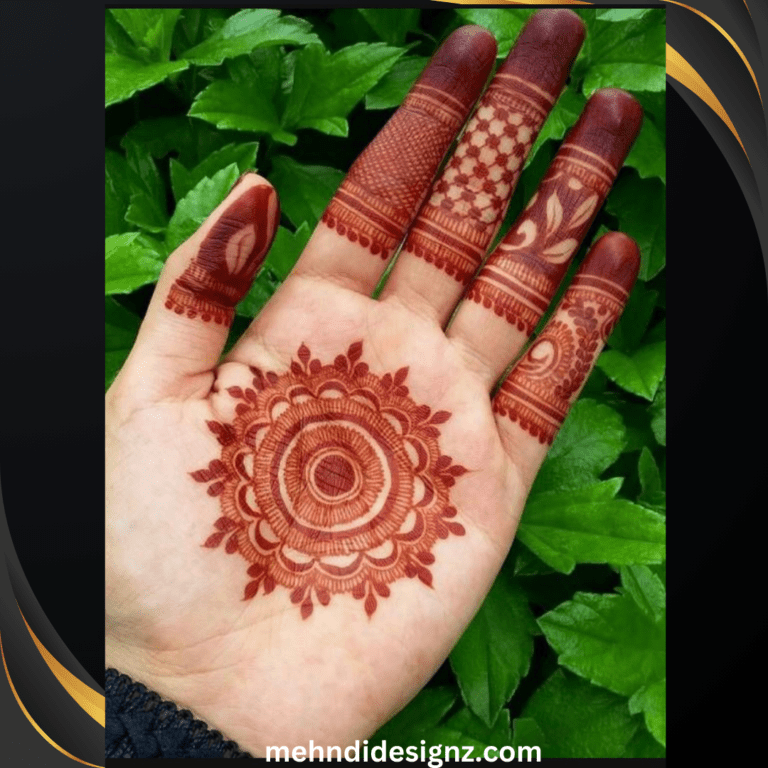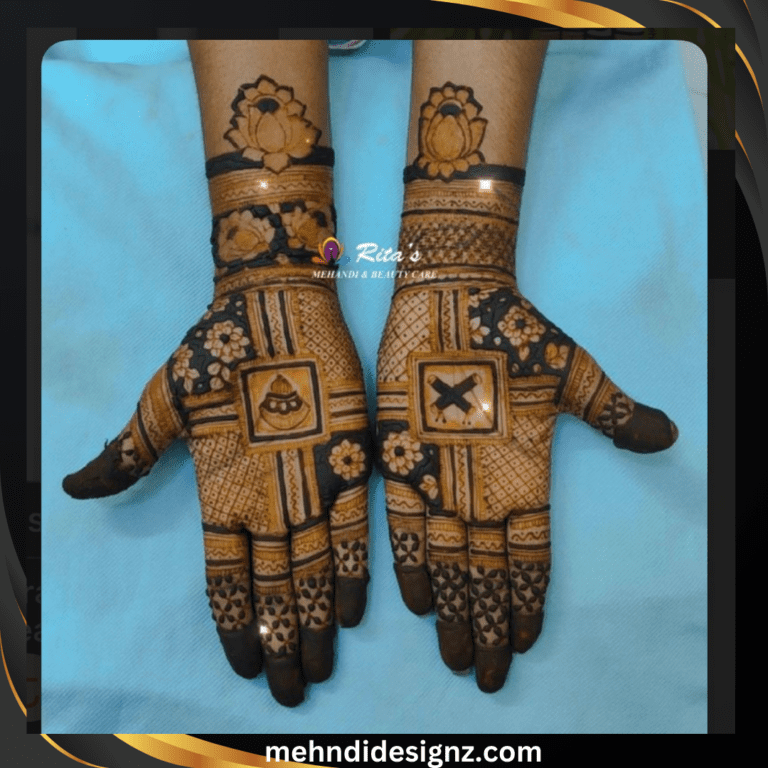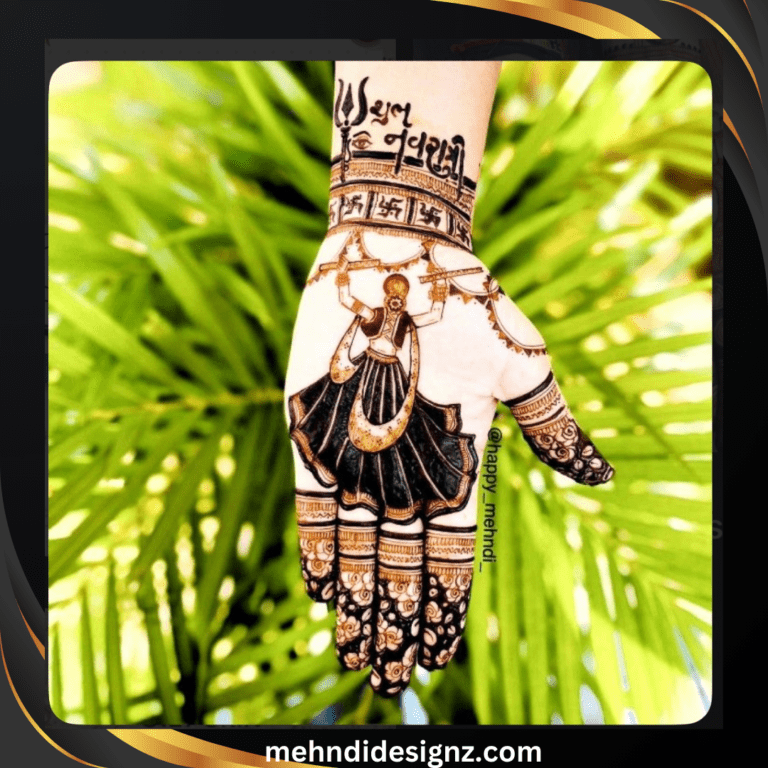Navratri Mehndi Designs: A Fusion of Tradition and Elegance
Navratri, the vibrant nine-day festival dedicated to Goddess Durga, is a time of joy, devotion, and celebration. Women across India adorn themselves with colorful attire, dazzling jewelry, and intricate henna (mehndi) designs. Applying henna during Navratri is considered auspicious and adds to the festive spirit. In this blog, we will explore the latest Navratri mehndi designs, their significance, and tips to make your mehndi last longer.
Significance of Henna During Navratri
Henna has been an integral part of Indian traditions for centuries. It symbolizes beauty, good luck, and prosperity. During Navratri, women apply henna to enhance their festive look and seek blessings for happiness and well-being. The deep color of mehndi is believed to represent love and devotion.
Popular Navratri Henna Designs
1. Traditional Floral Patterns
Flowers are a timeless henna motif that symbolizes beauty and prosperity. Floral patterns, including roses, lotuses, and vines, are often designed elegantly on the hands and feet, making them a popular choice for Navratri

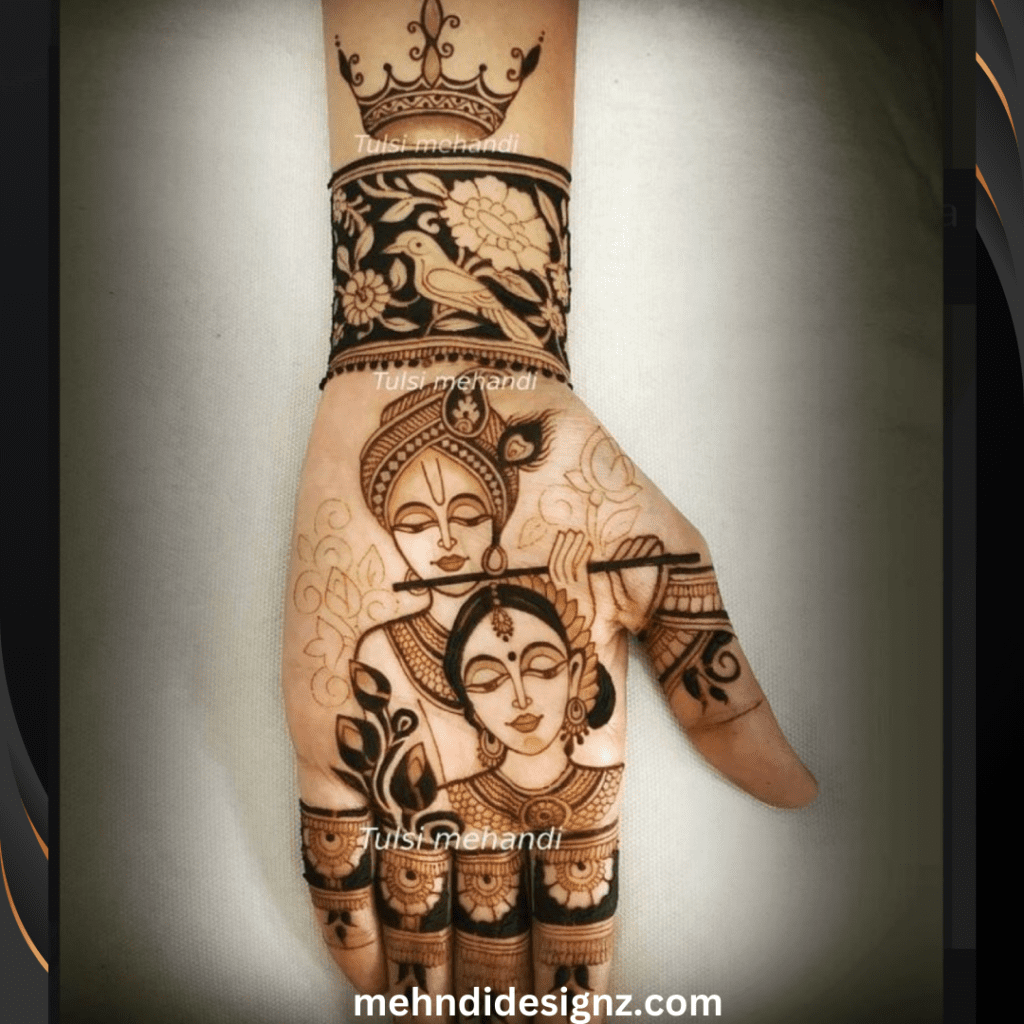
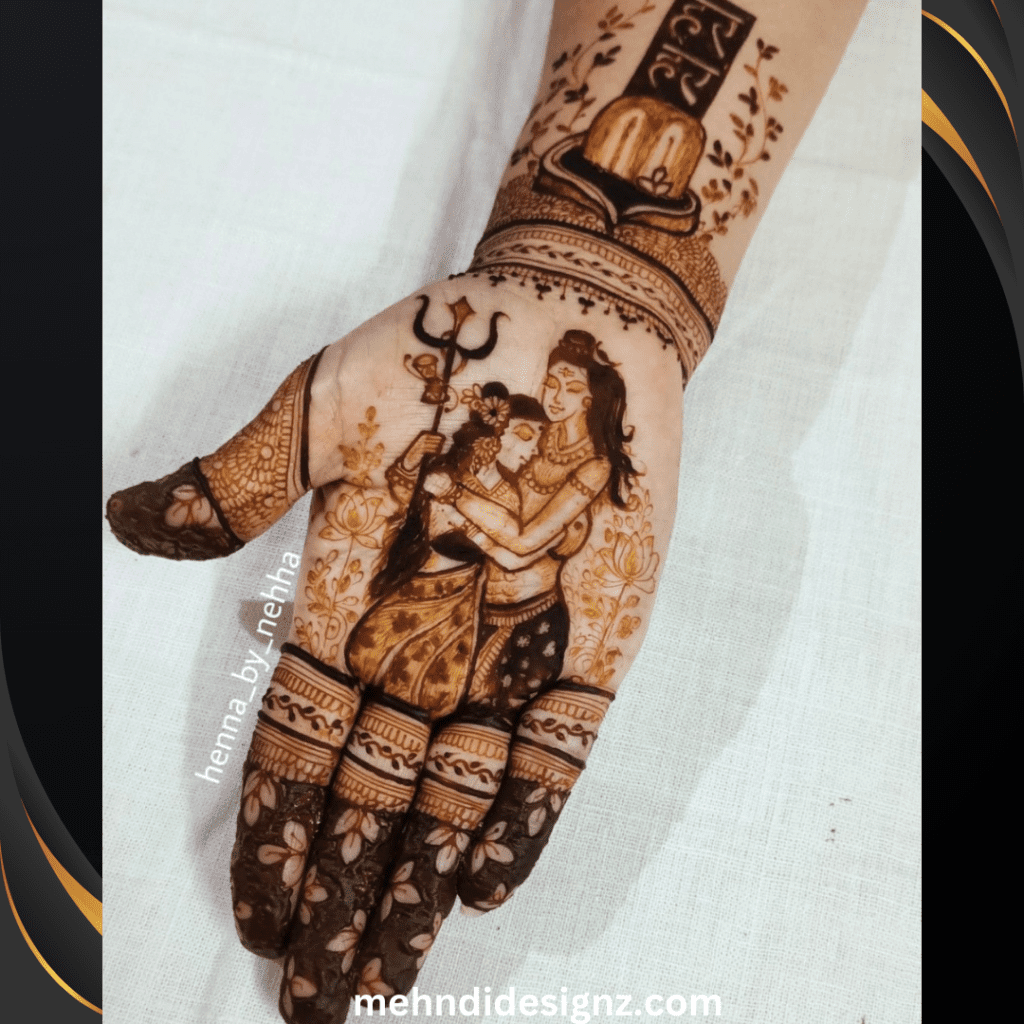
2. Mandala Designs
Mandala mehndi designs are circular patterns representing harmony and balance. They look stunning and give a spiritual touch to your festive look. These designs start from the center of the palm and extend outward in intricate patterns.
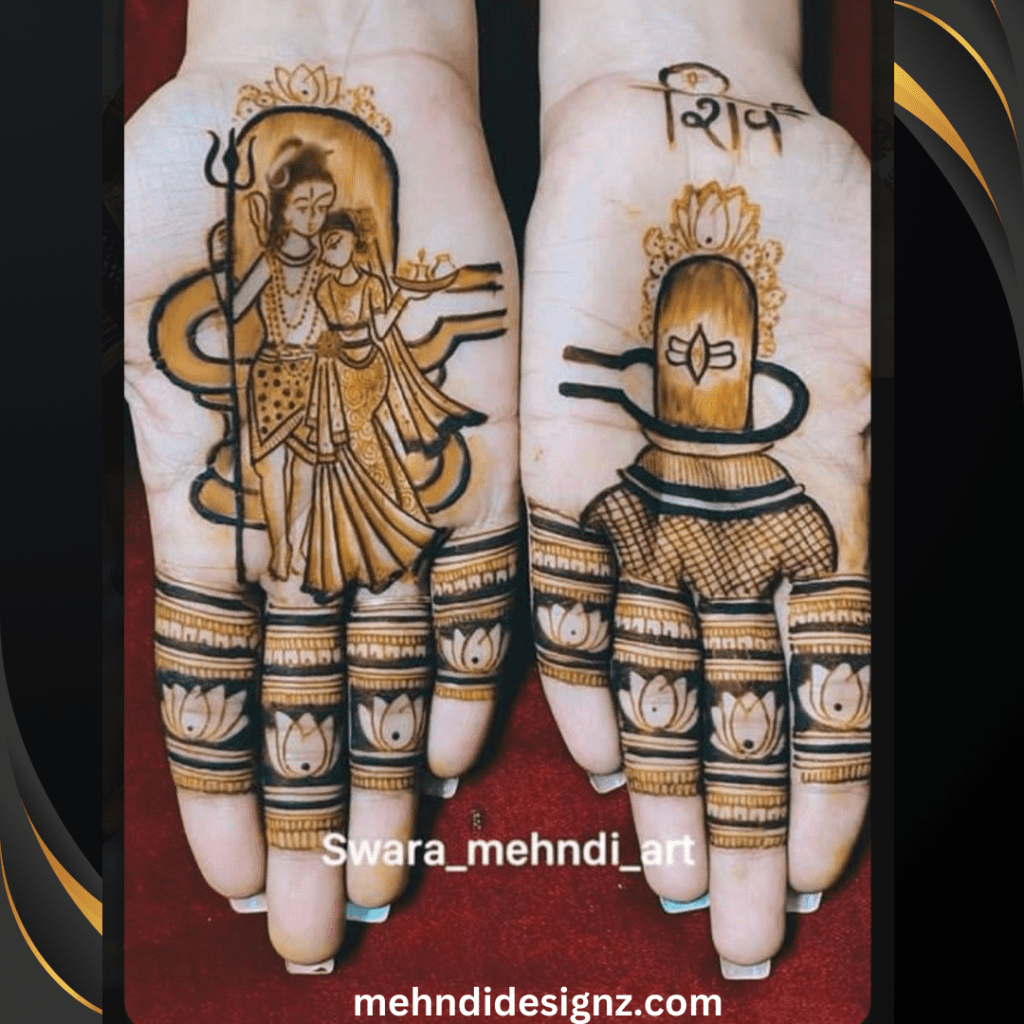


3. Paisley Motifs
Paisleys are classic henna patterns that add a royal and traditional charm to your mehndi. These curved, teardrop-shaped motifs are often combined with floral elements for a sophisticated look.
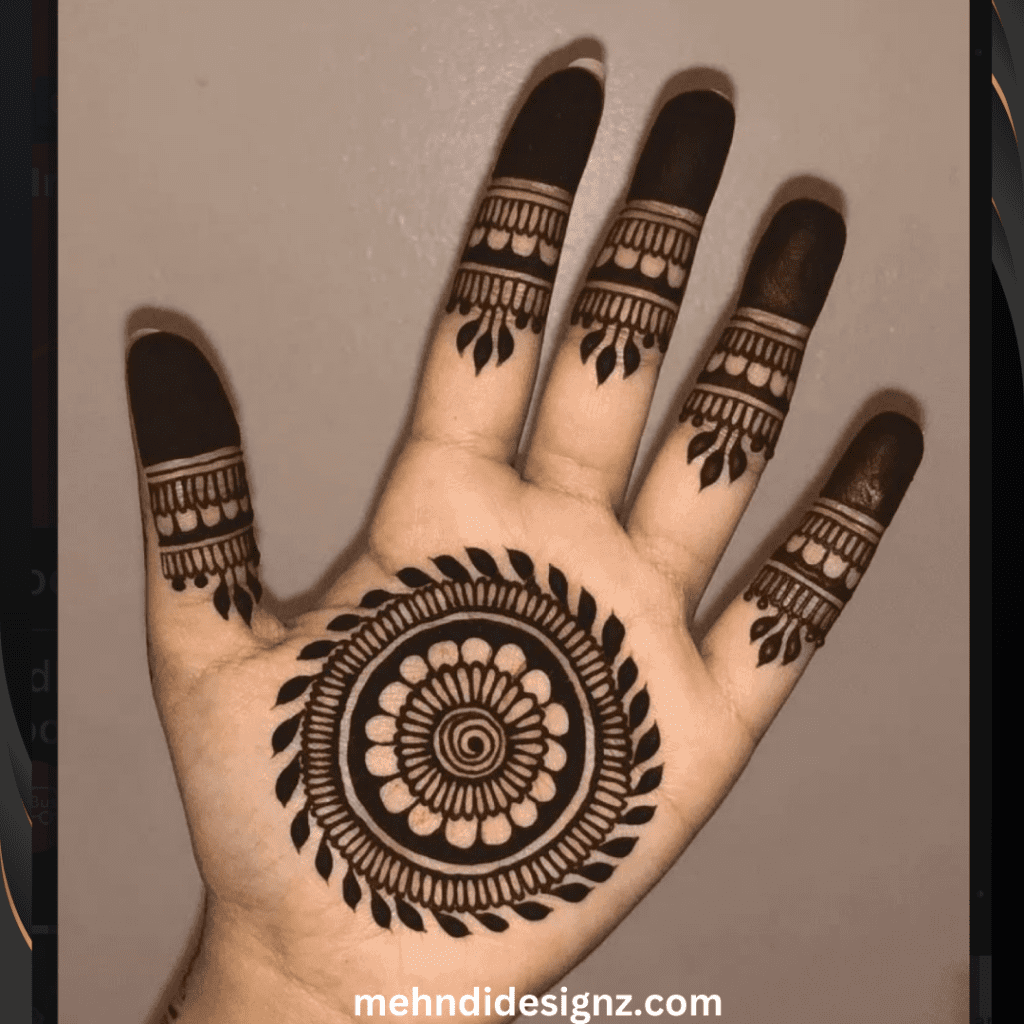


4. Modern Mehndi Designs
Modern mehndi is known for its bold strokes and free-flowing patterns. These designs are simple yet stylish, often covering the fingers and wrists elegantly, making them perfect for those who prefer minimalistic yet festive mehndi.
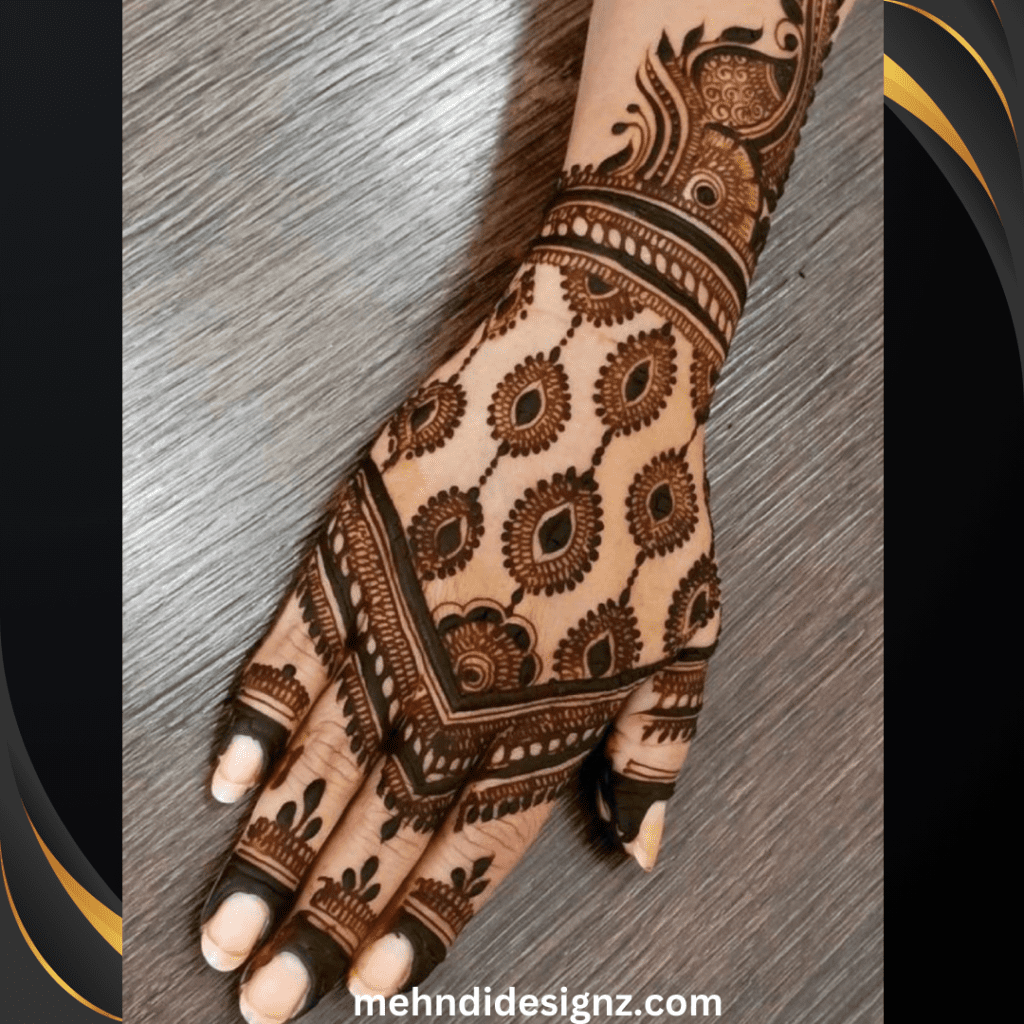

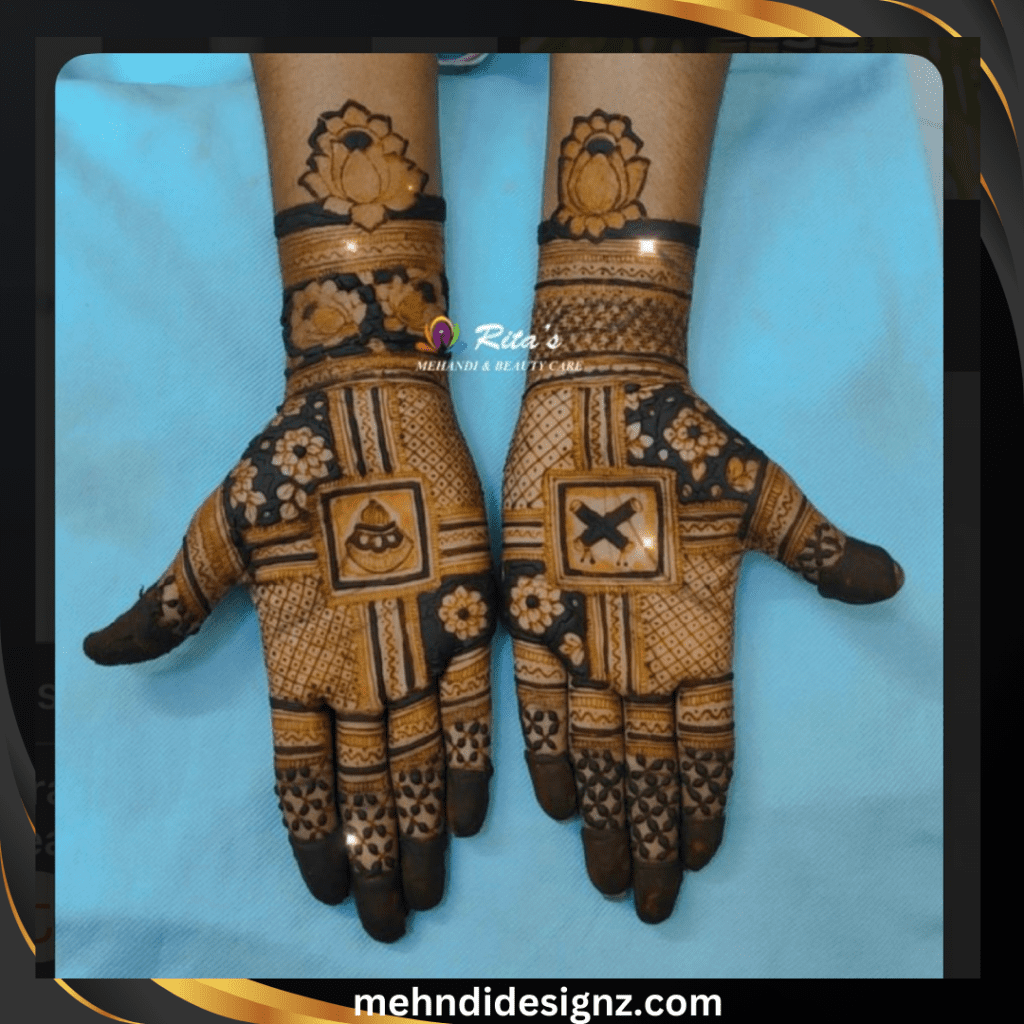
5. Goddess-Inspired Mehndi
Since Navratri is dedicated to Goddess Durga, some women prefer henna designs inspired by the goddess. These may include small Durga eyes, tridents (Trishul), or sacred mantras that represent divine power and protection

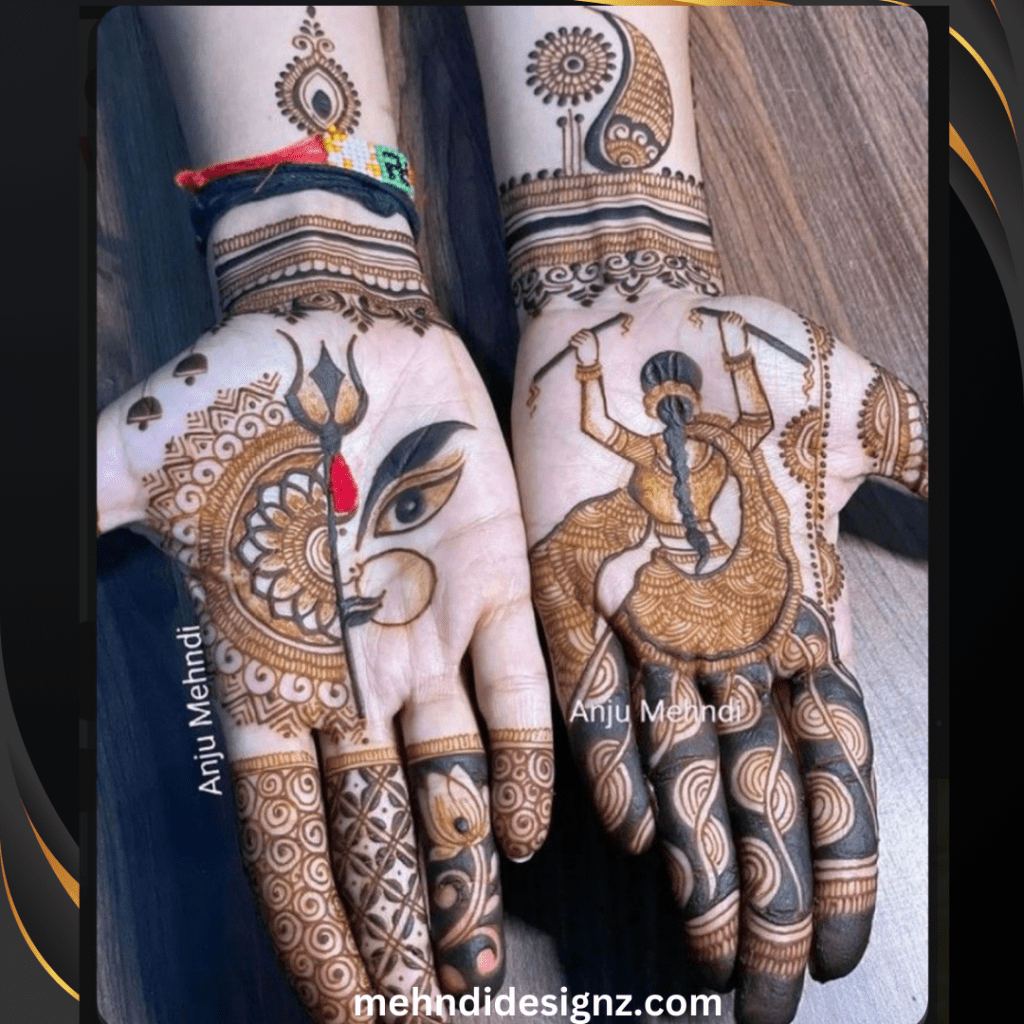

6. Garba and Dandiya Designs
Navratri is incomplete without Garba and Dandiya Raas. Some creative mehndi artists incorporate small depictions of dancing figures, dandiya sticks, and traditional musical instruments in their designs, reflecting the joyful spirit of the festival


7. Minimalist Henna Patterns
For those who prefer subtlety, minimalist designs with delicate swirls, dots, and geometric elements offer a chic and contemporary look while still embracing the festive essence.

Tips to Make Your Mehndi Last Longer
Choose Quality Henna – Always use natural, chemical-free henna to avoid skin irritation and ensure a long-lasting stain.
Leave It on for Longer – The longer you keep the henna paste on your skin, the darker the stain. Ideally, let it stay for at least 6-8 hours.
Avoid Water for the First 24 Hours – Water can lighten the stain. Apply a mixture of lemon juice and sugar to enhance the color.
Use Natural Oils – Applying mustard oil or coconut oil over dried mehndi can deepen the stain and help it last longer.
Stay Away from Chemical Soaps – Avoid using soaps with harsh chemicals as they can fade the henna stain quickly.
Conclusion
Navratri is a festival that brings together tradition, devotion, and beauty. Henna designs play a vital role in enhancing the festive spirit, connecting people to their cultural roots while adding a touch of elegance. Whether you choose an intricate goddess-inspired pattern or a simple floral design, mehndi is a beautiful way to celebrate the occasion. So, embrace the artistry of henna this Navratri, and let your hands and feet tell a story of festivity and joy!
FAQs About Navratri Mehndi Designs
1. How long does Navratri henna last?
Henna generally lasts between 7-14 days, depending on skin type, quality of henna, and post-care.
2. Can I apply mehndi on my feet during Navratri?
Yes, applying mehndi on the feet is common, especially for those who perform Garba and Dandiya.
3. How can I darken my henna stain naturally?
You can darken your henna stain by applying a sugar-lemon mixture, keeping your hands warm, and avoiding water for the first 24 hours.
4. Is black henna safe to use for Navratri?
Black henna often contains harmful chemicals like PPD, which can cause allergic reactions. It is best to use natural henna for safety.
5. When is the best time to apply henna before Navratri?
Applying henna 1-2 days before Navratri allows the stain to develop fully and achieve its darkest shade.
6. Can men apply henna during Navratri?
Yes! While it is more common among women, men can also apply mehndi as a cultural or artistic expression during the festival.
7. Does henna have any spiritual significance in Navratri?
Yes, henna is believed to bring positivity and protection. Some people also incorporate religious symbols into their designs as a tribute to Goddess Durga.
Also Check
Disclaimer: All image credit: Pinterest, Instagram, google

